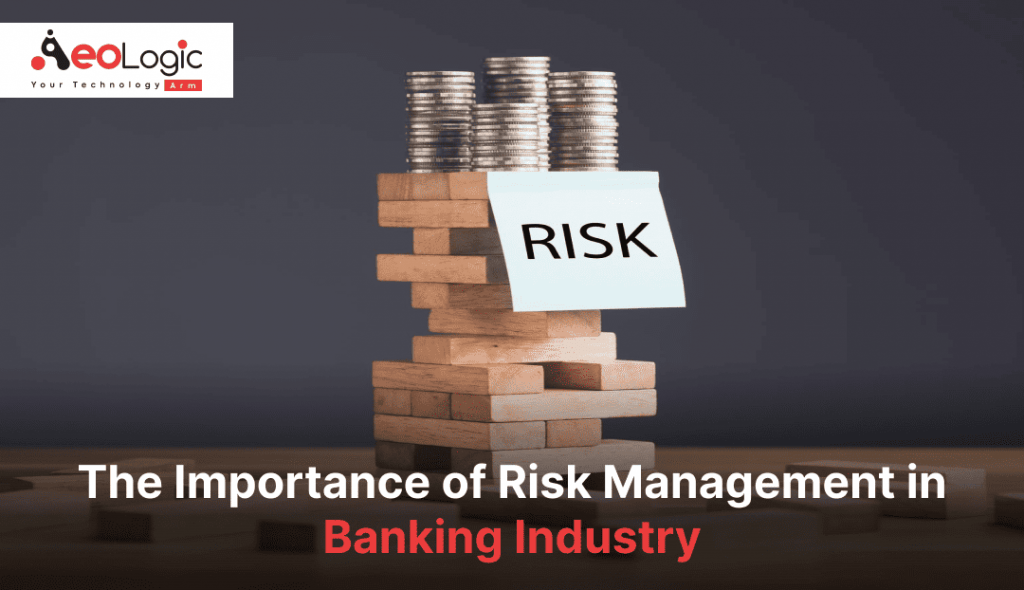Understanding the Significance of Risk Management in Current Business Practices
Understanding the Significance of Risk Management in Current Business Practices
Blog Article
Checking out the Relevance of Risk Management for Effective Decision-Making Techniques
In the elaborate world of business, Risk Management emerges as an important element in the decision-making procedure. The capability to determine potential hazards and opportunities, and strategize as necessary, can mean the difference in between success and failure.
Understanding the Principle of Risk Management
Risk Management, a crucial element in decision-making, is usually misunderstood or oversimplified. Risk Management entails self-displined and structured techniques, using data and informative analyses. From economic unpredictabilities, legal obligations, critical Management errors, to accidents and all-natural catastrophes, it addresses different risks - importance of risk management.
The Duty of Risk Management in Decision-Making Processes
In the realm of tactical planning and service operations, Risk Management plays an integral function in decision-making procedures. It aids in identifying possible dangers and uncertainties that could impact the accomplishment of business objectives. By tracing these threats, companies can create strategies to alleviate their impact, making certain business connection and security. Risk Management hence becomes an important device in decision-making, aiding leaders to make educated options based on an extensive understanding of the risks entailed. It motivates an aggressive approach, allowing organizations to prepare and expect for feasible future situations. This considerably minimizes the chance of adverse consequences, advertising extra reliable and effective decision-making methods. Consequently, Risk Management functions as an essential part in the decision-making procedures of any company.

Exactly How Risk Management Boosts Strategic Preparation
In the context of calculated planning, Risk Management plays a pivotal duty. Launching with the recognition of prospective risks, it better includes the application of Risk mitigation steps. The function of Risk Management is vibrant yet not fixed, as it demands continuous surveillance and adjusting of approaches.
Identifying Prospective Dangers

Implementing Risk Reduction
Having established the relevance of recognizing potential threats, the following step is to explore Risk reduction. This process entails creating and executing methods to take care of recognized threats effectively. It is an essential facet of strategic planning as it enhances decision-making by minimizing potential unfavorable results. Risk mitigation approaches can vary from Risk avoidance, Risk transfer, to risk reduction. Each approach should be customized to the particular Risk, considering its possible impact and the organization's Risk resistance. Furthermore, effective Risk mitigation needs a deep understanding of the Risk landscape and the potential impact of each Risk. This understanding allows companies to focus on risks and allocate sources successfully, ensuring that one of the most significant risks are resolved initially.
Monitoring and Adjusting Techniques
Though Risk mitigation is a crucial step in strategic planning, continual monitoring and modification of these approaches is equally vital. This recurring procedure allows companies to identify new risks and reassess existing ones, making sure the carried out strategies continue to be effective in the ever-changing company atmosphere. It also provides an opportunity to evaluate the success of the Risk Management measures, enabling modifications to be made where needed, further boosting calculated preparation. Reliable tracking and adjustment need the use of analytics and essential performance indications (KPIs) to gauge effectiveness. These devices offer useful data-driven insights that can inform tactical decision-making. Surveillance and adjusting Risk Management methods is a vital component for enhancing a company's resilience and calculated planning.
Case Studies: Effective Risk Management and Decision-Making
In the world of organization and financing, effective Risk Management and decision-making frequently serve as the pillars of thriving ventures. These situations highlight the worth of astute Risk Management in decision-making processes. These cases highlight the critical role of Risk Management in critical decision-making.
Tools and Methods for Reliable Risk Management
These devices, such as Risk registers and heat maps, help in recognizing and examining prospective threats. Risk action techniques, a vital part of Risk Management, include approving, preventing, transferring, or mitigating dangers. With these techniques and devices, decision-makers can navigate Continued the complicated landscape of Risk Management, consequently helping with educated and efficient decision-making.
Future Fads in Risk Management and Decision-Making Techniques
As we explore the huge landscape of Risk Management, it becomes obvious that the devices and strategies utilized today will proceed to advance. The concept of Risk society, where every member of an organization is conscious and included in Risk Management, will acquire extra prestige. These patterns proclaim an even more inclusive and aggressive method in the direction of Risk Management and decision-making.
Conclusion

Risk Management therefore becomes an important device in decision-making, assisting leaders to make enlightened options based on a detailed understanding of the threats included. Risk mitigation methods can range from Risk avoidance, Risk transfer, to run the risk of reduction (importance of risk management). Efficient Risk reduction requires a deep understanding of the Risk landscape and the possible influence of each Risk. Risk action strategies, a key element of Risk Management, entail accepting, preventing, moving, or mitigating dangers. The concept of Risk society, where every participant of a company is conscious and included in Risk Management, will get a lot more importance
Report this page